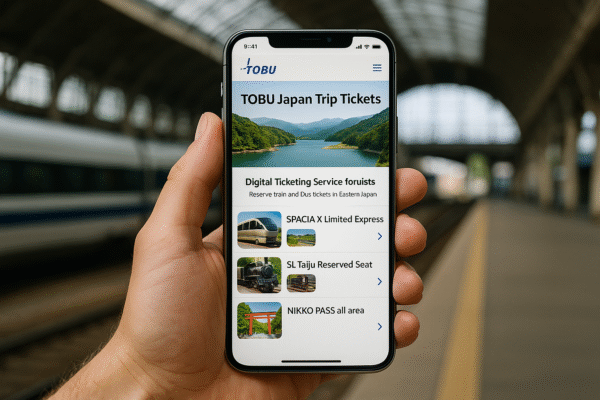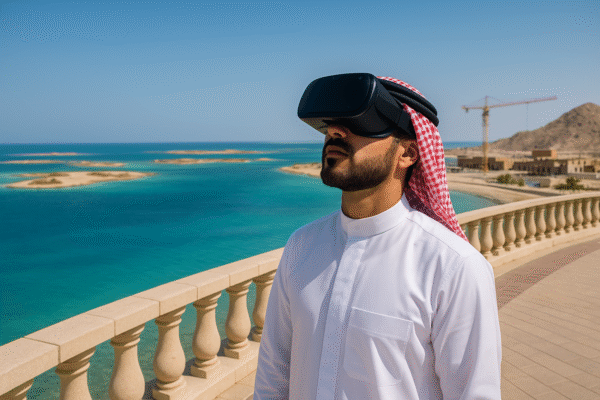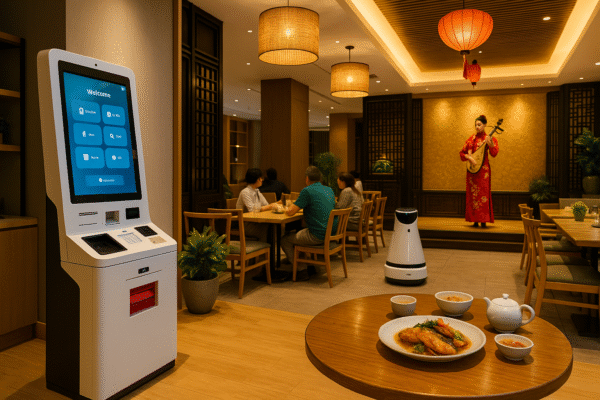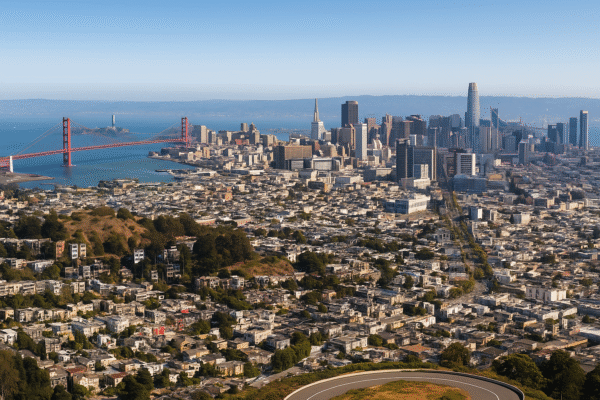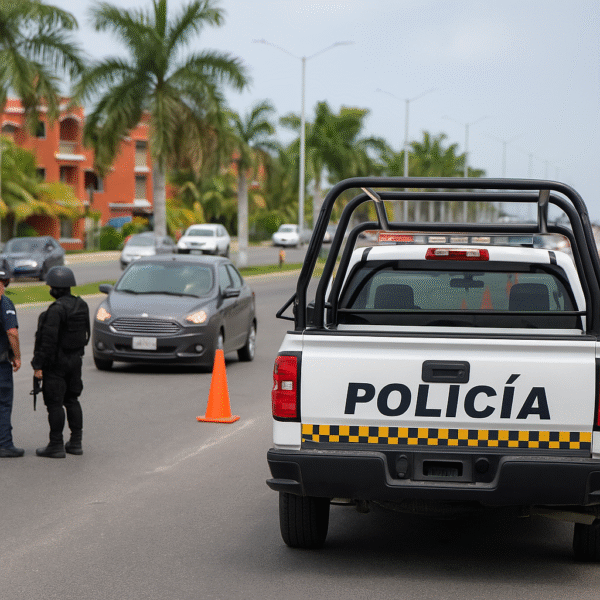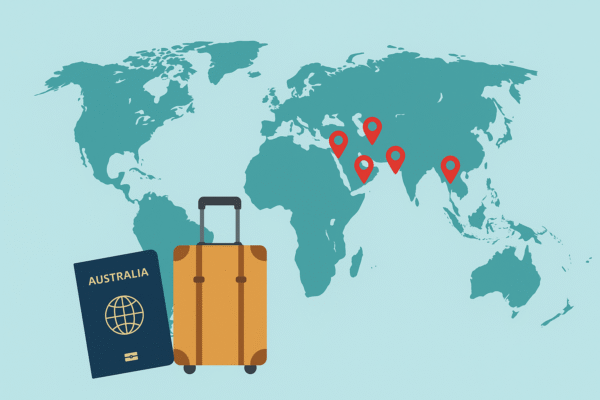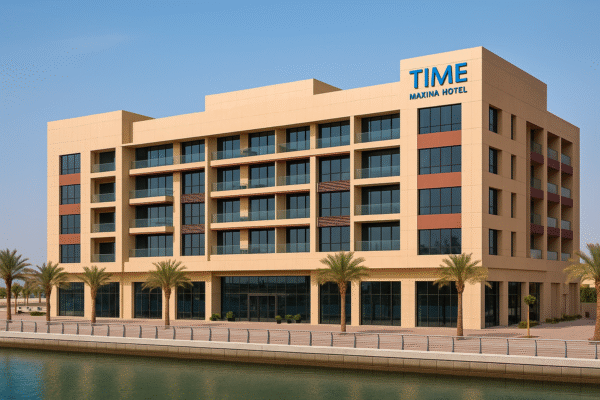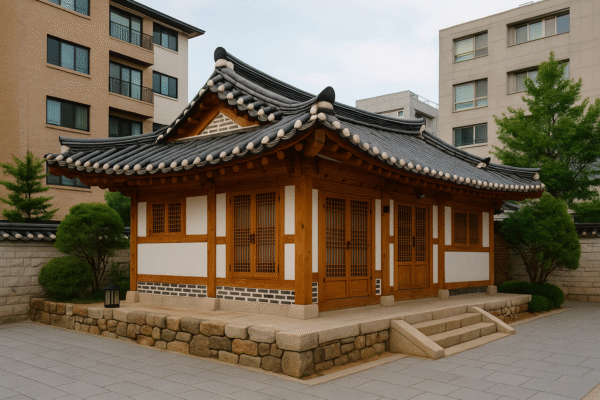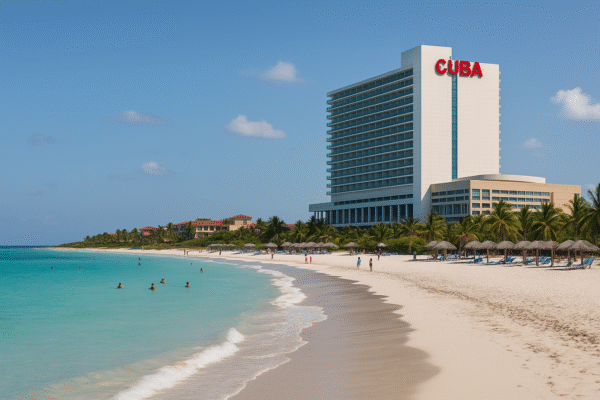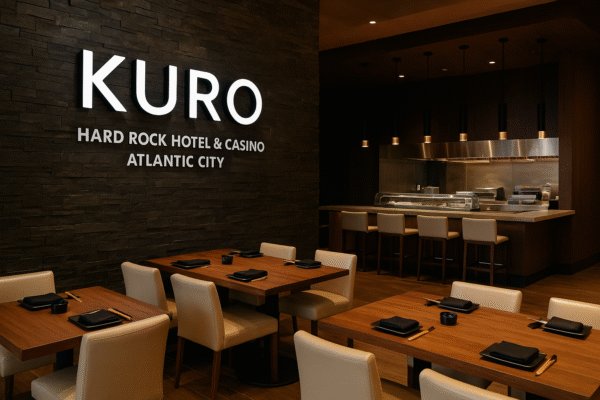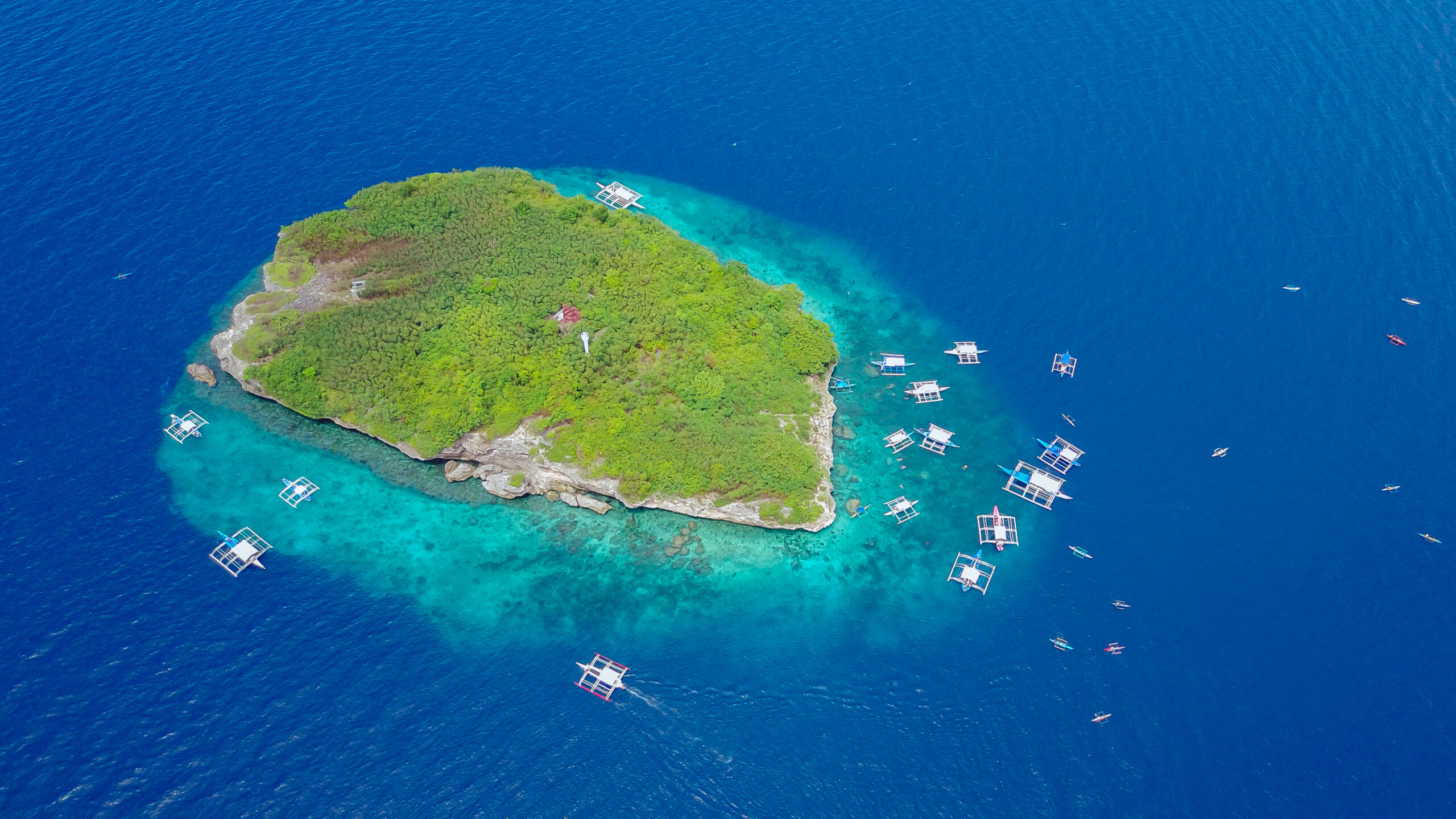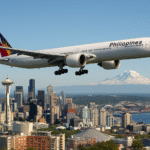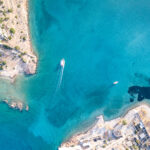Siargao Island, Philippines — The Philippine travel and tourism landscape is on the brink of a significant breakthrough with the upcoming launch of a new direct sea route connecting Manila and Siargao Island. This bold initiative, spearheaded by 2GO Travel and supported by local government authorities, promises to reshape accessibility, encourage economic opportunities, and promote sustainable tourism in one of the country’s fastest-growing destinations.
Located in Surigao del Norte, Siargao has long been celebrated for its world-renowned surf breaks, lush landscapes, and laid-back island culture. Despite its popularity, limited travel options—particularly for those outside Mindanao—have often made access to the island costly or time-consuming. That’s set to change.
Direct Sea Link to Siargao via Jubang International Port
With preparations underway, technical survey teams from 2GO Travel are actively assessing the Jubang International Port in Dapa, Siargao, evaluating key aspects such as depth, docking capacity, and passenger accessibility. Divers are also being deployed to finalize studies and determine ship compatibility with the port infrastructure.
Once operational, this new maritime connection will significantly reduce dependency on flights, offering a more affordable and flexible alternative to travelers. This aligns with the government’s long-standing efforts to improve inter-island connectivity across the Philippine archipelago.
A Game-Changer for Tourism and the Local Economy
According to Surigao del Norte Governor Robert Lyndon Barbers, the sea route is more than a transportation upgrade—it is a transformative tool for community development. “This route will not only move people; it aims to connect communities, promote economic activity, and support sustainable tourism,” Governor Barbers said during a recent briefing.
The Manila-Siargao ferry route will serve not just tourists, but also local residents, opening doors to enhanced business, family visits, and employment opportunities. For locals who have long relied on intermittent or expensive air travel, the ferry route promises more equitable mobility and meaningful connections with the capital.
Surigao del Norte’s PHP620.6-Million Infrastructure Investment
The new route’s success hinges on the rapid development of the Jubang International Port, a project funded through the Philippine Ports Authority under the Department of Transportation (DOTr). Currently over 70% complete, the PHP620.6-million port project is designed to accommodate large passenger vessels and future cruise ship visits.
This infrastructure investment places Siargao at the forefront of the country’s maritime tourism strategy, with the port set to become a gateway not just for leisure travelers but for increased inter-island commerce and cultural exchange.
Boosting Domestic and International Arrivals
The new ferry service will serve as a catalyst for increased tourist arrivals, particularly from Metro Manila, home to over 13 million residents. It also opens Siargao to international travelers flying into Ninoy Aquino International Airport (NAIA) who can seamlessly continue their journey to the island by sea.
With improved access, travel costs are expected to decrease, allowing more domestic tourists to enjoy Siargao’s stunning beaches, mangrove forests, and cultural festivals. This development is in line with the Department of Tourism’s (DOT) national strategy to diversify tourism offerings and reduce congestion in overvisited destinations like Boracay and Palawan.
Supporting Sustainable and Responsible Tourism
Governor Barbers emphasized that tourism development must go hand in hand with environmental stewardship. “We want to ensure that tourism in Siargao benefits both the local community and the environment,” he said.
To maintain ecological balance and preserve Siargao’s natural allure, local stakeholders are working on strategies to:
- Promote responsible tourism behaviors
- Preserve marine biodiversity and surf ecosystems
- Limit overdevelopment in ecologically sensitive areas
- Highlight local culture, crafts, and cuisine as central parts of the tourist experience
Such policies echo the government’s nationwide efforts to position the Philippines as a global sustainable tourism leader, supported by initiatives like the Green Destinations project and the National Tourism Development Plan (NTDP) 2023–2028.
New Travel Option for Visitors and Locals Alike
For tourists, the Manila-Siargao ferry route provides a scenic, slower-paced, and budget-friendly alternative to air travel. The voyage itself will offer panoramic views of the Philippine coastline and opportunities to engage with fellow travelers, creating a more immersive experience.
For residents of Siargao and nearby islands, the route means faster, more reliable access to essential services in the capital, including healthcare, education, and employment opportunities. The ferry will also enable smoother logistics for small businesses transporting goods between Siargao and Manila.
Preparing for the Future
As demand for island tourism grows, regional port infrastructure and maritime travel capacity are expected to expand across the Philippines. The Philippine Nautical Highway System, part of the Build Better More Program, envisions more interconnected maritime routes to ensure that remote island provinces like Siargao are fully integrated into the country’s economic and tourism networks.
Government agencies and private operators like 2GO are working together to ensure the safety, affordability, and efficiency of the new route, with emphasis on timely implementation and community involvement throughout the planning process.
Looking Ahead
The Manila-Siargao sea route stands as a symbol of progress—bridging distances, unlocking economic potential, and showcasing Siargao as not just a surfer’s paradise but a model for sustainable island tourism.
As the ferry service prepares for launch, locals and travelers alike can anticipate a future where exploring the beauty of the Philippines no longer comes with logistical burdens. Siargao, with its rich biodiversity, vibrant surf culture, and warm community spirit, is ready to welcome a new wave of visitors—this time by sea.
For more travel news like this, keep reading Global Travel Wire

